Does Prescribed Fire Negatively Impact Turkey Nesting?
Last Updated on March 24, 2022 by Brian Grossman
There’s been a lot of talk recently about whether prescribed fire, particularly those conducted by the DNR on wildlife management areas, is having a negative impact on turkey populations. Most of these talks have simply been based on assumptions and speculation.
Recently, however, there was a post on Facebook by University of Georgia professor Dr. Michael Chamberlain — who spends his days studying the wild turkey — that discussed these potential impacts using actual scientific research. Michael graciously gave me the okay to share that post in this article, and I have done so below. If you’re a turkey hunter, I encourage you to follow Michael on his Instagram and Twitter accounts, as he regularly shares interesting facts on the biology and behavior of wild turkeys.
“Ok, this will be a long one. If you’re interested in turkeys, perhaps this may be of interest to you. The picture above is a turkey nest affected by a prescribed fire. A fire conducted during the growing season, when turkeys are nesting.
Without perspective, this picture is alarming. This nest has been burned. What came of the bird incubating it? Surely the nest failed, so we’ve lost this bird’s nesting effort for the year. How many other nests have been burned if this one was?
I study wild turkeys for a living. I’ve been doing that for 25 years. I’m also a turkey hunter. I cherish this bird. This time of year, many folks are justifiably upset at seeing images like this. So, the rhetoric starts to ramp up, folks start claiming that prescribed fire is why we are seeing declining trends in turkey populations across the south. I get many calls. I offer my perspectives, and I offer them centered on the fact that I’ve studied how fire influences this bird for much of my career. More recently, I’ve conducted several studies that were directly related to how fire affects this bird. I want to offer some thoughts. I hesitate to do this on social media, but I understand the reach that this forum provides. My motivation is simple, and two-fold. First, I’m concerned about the turkey resource, I want to figure out how to make sure we have sustainable populations in the future. Second, I’m admittedly sick and tired of watching folks belittle, berate, and dismiss professional biologists, all the while dismissing sound information to ratchet up the rhetoric about how the use of fire is the cause of declining turkey populations. So, let’s talk about this picture and discuss perspective.
First, if you’re truly interested in fire and how turkeys respond to it, get on Google Scholar. Search on Killburg et al. 2014, Yeldell et al. 2017 (3 different papers, 2 in the Journal of Wildlife Management, the other in Forest Ecology and Management), and Wood et al 2018 (also 2 papers, same journals). If you don’t want to read those papers, I’ll give you nuts and bolts in a second.
Second, the nest in this picture hatched. Do all that are affected by fire? Of course not. Are turkey nests lost to fire? Yes. But here is an important point. We have found that VERY LITTLE nest loss is from fire. The percentages are in the single digits, and many of these hens simply renest. Renesting rates are exceeding 50% in some areas, even higher in places, and lower in others, based on 400+ birds monitored across the south. All of these birds living on areas managed with fire.
Third, nest loss to fire pales in comparison to losses from predation, it’s not even worth comparing them. If you step back and look at the numbers, you’d see that predation of clutches is the primary form of nest loss. Death of incubating hens is also a problem. We’ve also seen that fire does not displace birds, they almost immediately go back to stands they were using before the fire.
Fourth, you must ask yourself why agencies burn. In pine forests, primary reasons (not the only ones) are to manage fuel loads and maintain early successional plant communities. Contrary to claims I’ve seen, there is indeed a tangible reason to burn during the spring. That is, to push understory vegetation from woody plants to grasses and forbs. Why would we as turkey lovers want that? Because turkeys are adapted to surviving by being able to see. In a forested area, turkeys use their eyes to scan for danger. It’s hard to do that in a sweetgum thicket, which many of our forests have become. Likewise, turkeys nesting in stands that are more grassy and less woody often are exposed to reduced predation risk from raccoons and other predators. There is a wide body of literature showing that, I can share what I’ve published if anyone is interested.
Lastly, I am not naïve enough to think that fire HAS NO influence on turkeys and nesting. Losing any nest is a problem. But when I step back, and I look at the issues facing this bird, it makes me sad that folks are so quick to point a heavy finger at fire. Can fire be misused? Of course it can, I’m not claiming that all fire is good. In fact, I have work about to be published that will show that perhaps some agencies are burning in blocks too large for this bird. If so, then I hope we can collectively work towards changes. Will that solve the problem of declining populations? Admittedly, I doubt it. Most turkeys live on private lands. But in the end, I’m working as hard as I can to get answers. So are lots of other folks. Turkey hunters, in my biased opinion, are the most cerebral hunters out there. We think and care about the resource, and we desperately want to see the ship righted. Sometimes, that ends up with finger pointing and name calling, but I’d sure like to see that change. The stakes are too high not to work together. And with that, I’ll move on. If you’ve read to this point and want more information that you think I could help provide, I’ll do my best.”
– Michael Chamberlain

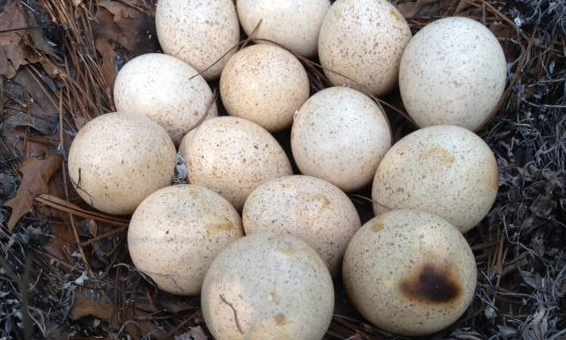
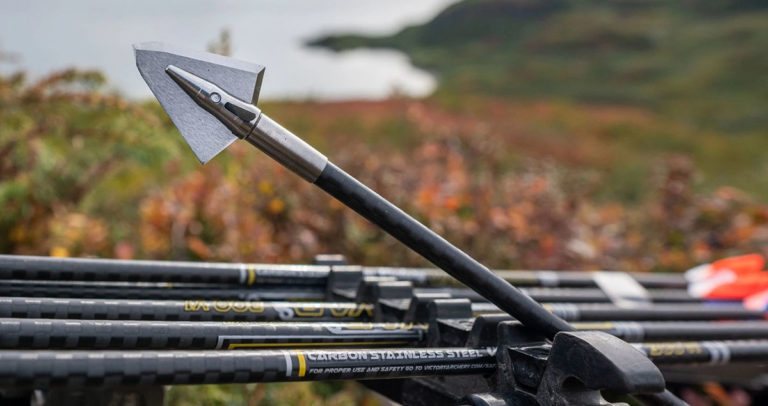
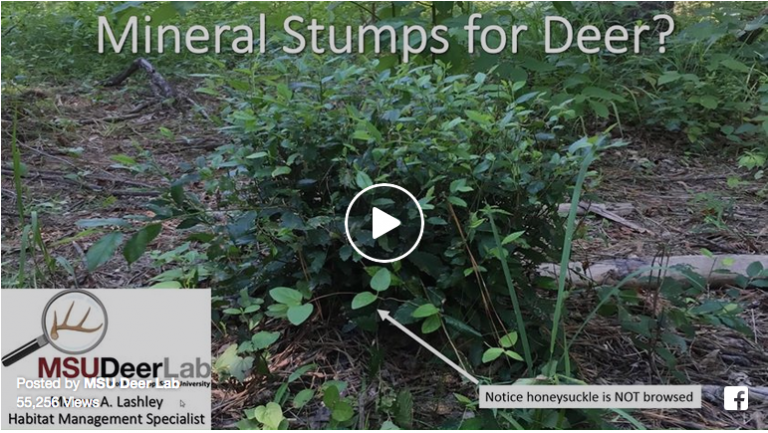
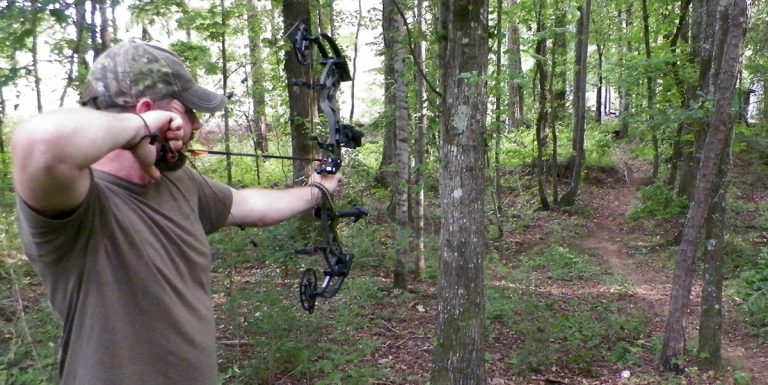


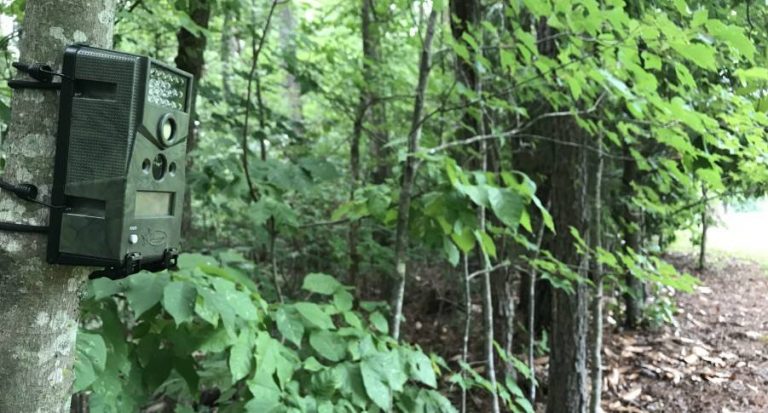
Thank you very much for the expert information
Dr. Chamberlain, it’s obvious from your research that burning does help our favorite bird. That said, it seems in my region of the Ouchita NF in AR, the NFS burns the same block of forest every 2 years leaving a barren, moonscape. Can prescribed burns be “over-cooked”? Thanks, Drake
Was this nest on a WMA, private land with no predator control, private land with above average predator control or a property with extensive predator control such as a quail plantation would have?